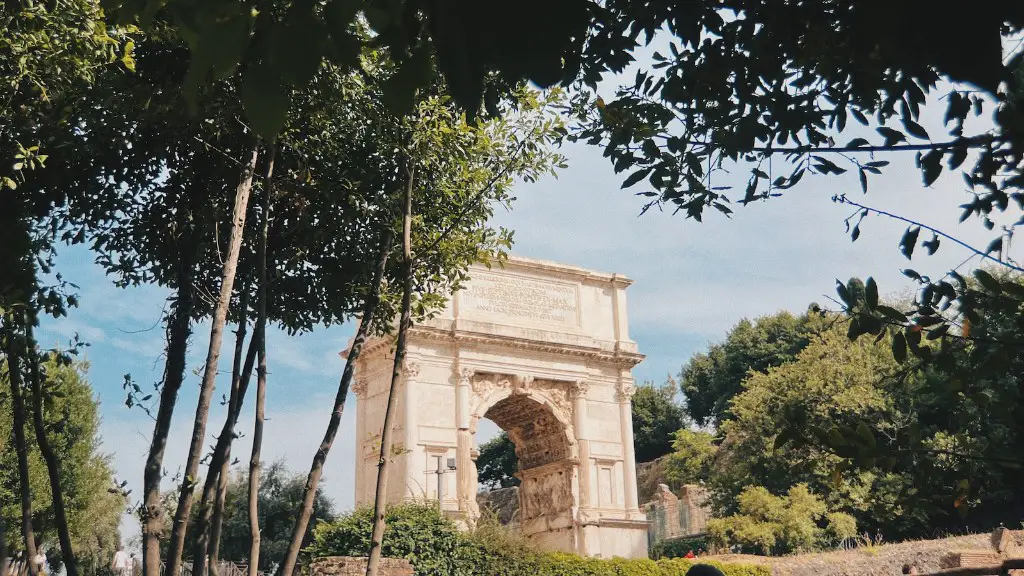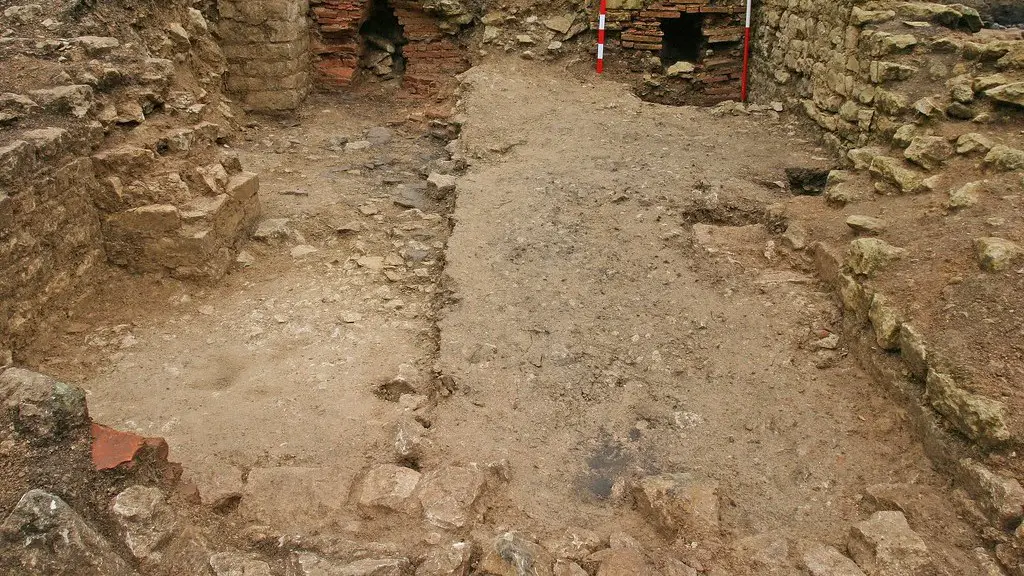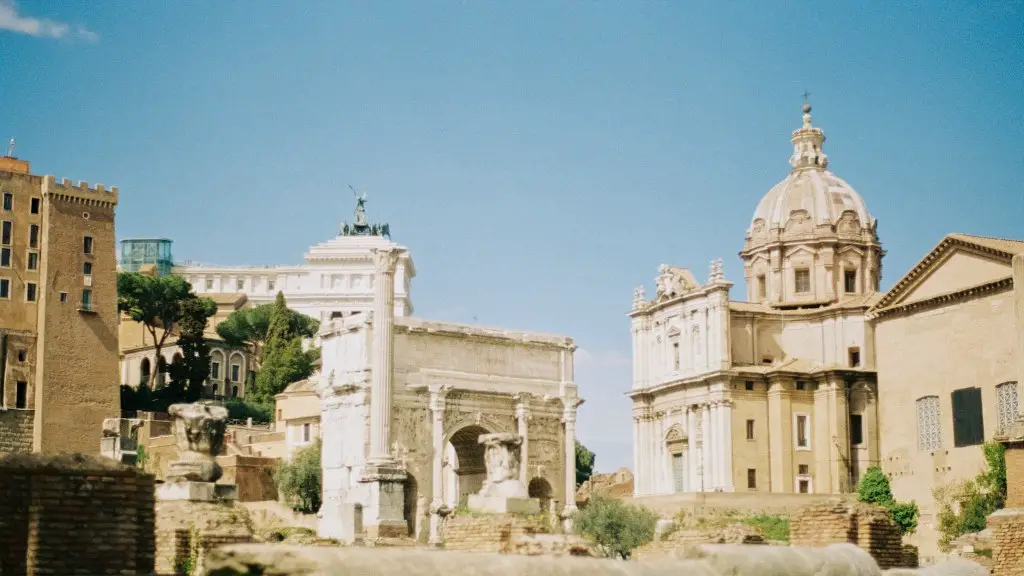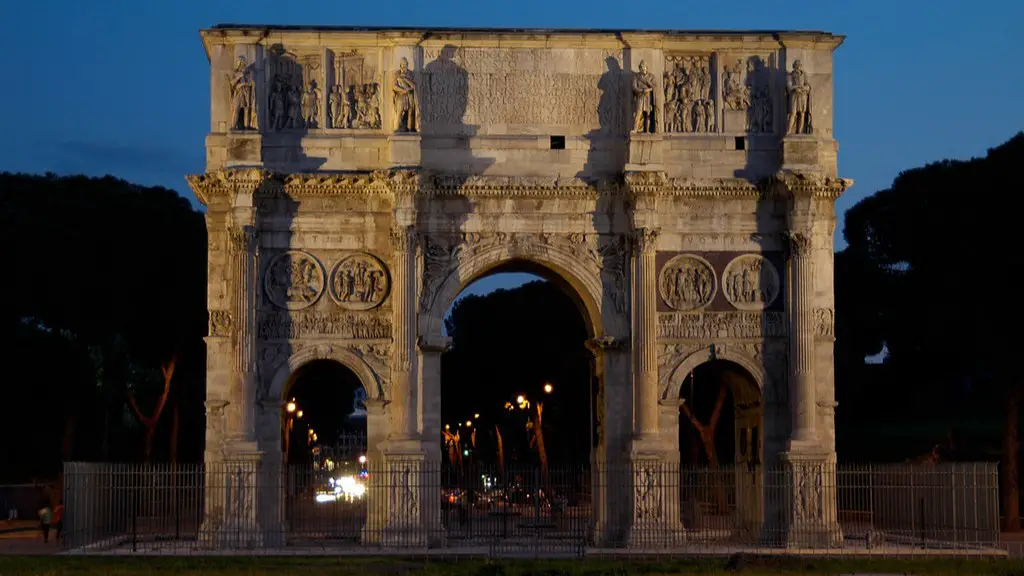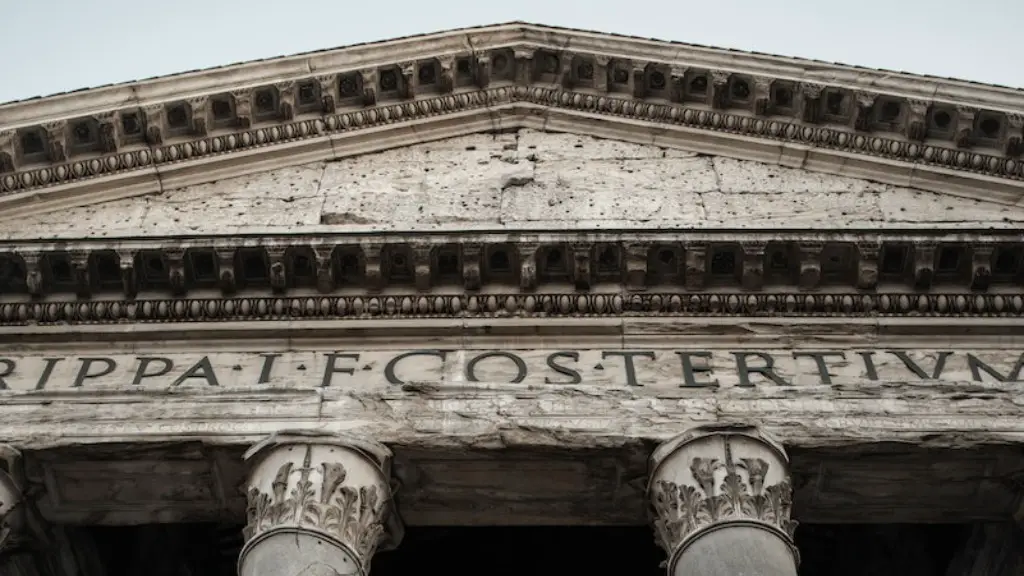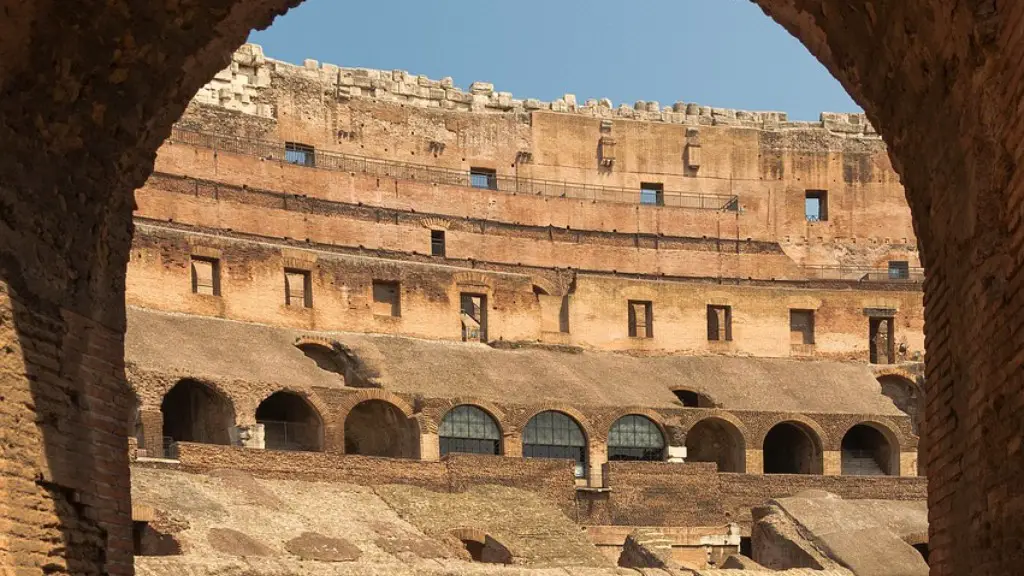Ancient Rome was one of the most influential and powerful empires of its time. Rome is known for its grandiose architecture and for its many great historical leaders and conquerors. So how were buildings built in ancient Rome? For the most part, buildings in ancient Rome were constructed of stone or brick. Wood was also used, but it was not as common because it was not as durable. The stones or bricks were held together with mortar, which was made from a mixture of lime, sand, and water.
Building in ancient Rome was a complicated and lengthy process. It often took years to construct a single building. First, the site was cleared of any previous structures. Next, the foundation was laid. This was a crucial step, as it determined the stability and strength of the entire structure. Next, the walls and column was built. Finally, the roof was added.
What were the 3 major building techniques used by the Romans?
The arch and the vault were two of the most important building techniques developed by the Romans. These techniques allowed the Romans to build much more complex and sturdy structures than the Greeks, who preferred the simpler post-and-lintel method. The arch and the vault were used extensively in the construction of Roman roads, bridges, and aqueducts, and their use helped to make the Roman Empire one of the most advanced civilizations of its time.
Roman homes were built with high-quality materials like stone, plaster, and brick. They also had tiled roofs, which was a sign of wealth and status. A “villa ubana” was a villa that was located fairly close to Rome and could be visited often. A “villa rustica” was a villa that was located a far distance from Rome and was only visited seasonally.
What did the Romans use to make buildings
Roman builders created some of the most impressive structures in history. They made use of naturally occurring materials, such as stone, timber, and marble. They also used manufactured materials, such as brick and glass. And they used composite materials, such as concrete. By utilizing all of these materials, they were able to create massive and complex structures that have stood the test of time.
The Servian Wall was a defensive wall built around Rome in the early 4th century BC. It was built using large blocks of tuff, easily available near Rome, placed one upon the other using the opus quadratum technique. Some sections of the wall had a deep ditch to render it taller and other sections had ramps of earth along the inside of the wall to make it thicker and serve as a base for Roman soldiers.
How did Romans lift heavy stones?
A treadwheel crane is a wooden, human powered hoisting and lowering device. It was primarily used during the Roman period and the Middle Ages in the building of castles and cathedrals. The often heavy charge is lifted as the individual inside the treadwheel crane walks.
Old Roman arches were created with a very durable type of concrete. This ancient concrete was able to support large amounts of weight, and as a result, it enabled people to build larger and more variable types of buildings, like the aqueducts we discussed above.
Why were Roman bricks so thin?
The use of bricks in construction dates back to ancient times. The bricks were typically used as a stabilizing element in construction, particularly when building with irregularly shaped materials such as flint. The bricks helped to level out the bed, which made the construction process easier and more efficient.
Insulae were multi-story apartment buildings that were common in ancient Rome. They were normally five to seven stories high, but some even had nine stories. A typical insula was built around a courtyard with buildings on the three sides of the courtyard and a wall on the fourth side to prevent the residents from intruders.
Did Romans use concrete
It is remarkable how well concrete has held up in the harsh underwater environment. The research team is particularly interested in how the Roman Empire’s choice of construction material has performed over time. The Pantheon in Rome and other structures such as wharves and breakwaters have shown great resilience. It is clear that concrete is a durable and reliable material that can withstand the test of time.
Roman concrete is unique in that it contains an aggregate that continues to participate in the concrete processes over time. This ongoing reactivity allows Roman concrete to get stronger over time, in contrast to modern concrete.
What techniques did Romans use for concrete?
The Romans were very efficient in their construction methods and were able to create underwater structures by mixing lime and volcanic rock to form mortar. This mortar was then packed into wooden forms to create a solid foundation.
It is truly amazing that the ancient Roman structures have survived for so long. The engineering and construction of these structures is a testimony to the skill and knowledge of the Roman engineers. They were able to perfect the use of concrete, which has allowed these structures to stand the test of time.
Why were Roman walls so strong
The tobermorite crystals created by the seawater percolating through the cracks in Roman concrete is one of the most durable building materials in human history. This is due to the fact that the seawater reacts with the phillipsite to create the tobermorite crystals which are incredibly strong and resistant to damage. This makes Roman concrete one of the most durable building materials around and it is perfect for use in areas where seawater is present.
The Roman army was a formidable force that was able to protect the city of Rome from outside invaders. This made the citizens of Rome feel safe and proud knowing that their city did not need to be fortified. The Pax Romana was a time of stability and peace which also contributed to the feeling of safety for the citizens of Rome.
How did concrete make the Colosseum possible?
The Colosseum is a great example of the strength of Roman concrete. The builders were unsure of the concrete’s lifespan, so they combined it with stone to create a structure that would last. The Colosseum is still standing today, testament to the strength of Roman concrete.
The ancient Romans had a number of creative methods for killing people, including crucifixion, decimation, and damnatio ad bestia. However, the most severe punishment was reserved for the worst criminals: being thrown from the Tarpeian Rock.
The Tarpeian Rock was a cliff on the Capitoline Hill that got its name from the myth of Tarpeia. According to the legend, Tarpeia was a Roman maiden who betrayed her city by opening the gates to the enemy in exchange for their gold bracelets. As punishment, she was crushed to death by the enemy’s shields.
Today, the Tarpeian Rock is a popular tourist attraction in Rome. However, it’s important to remember the dark history of this place and the gruesome executions that once took place here.
How physically strong were Roman soldiers
The Roman Army was so powerful because of the training and equipment which was advanced for its day. In order to be considered fit enough to be a legionnaire (the name given to a Roman soldier), one had to be able to march 20 miles in 5 hours with the full armour and kit weighing 45lbs.
The Roman army was a highly organized and disciplined fighting force. Officers such as centurions wore large crests on their helmets, which served as a rallying point for the soldiers in battle. The average legionary carried at least 90 pounds of weight and often had to march 20 miles a day. To keep their soldiers in top physical condition, the Romans would sometimes spar with each other using wooden swords.
Final Words
Most Roman buildings were built using stone or brick, with concrete and wood being used more sparingly. The Roman style of architecture is easily recognizable, characterized by its arches, vaults, and barrel roofs.
The ancient Romans were masters of engineering and architecture. They used a variety of materials and methods to build their structures, which have stood the test of time. The ancient Romans were able to build such magnificent buildings because of their knowledge of mathematics, engineering, and construction techniques.
